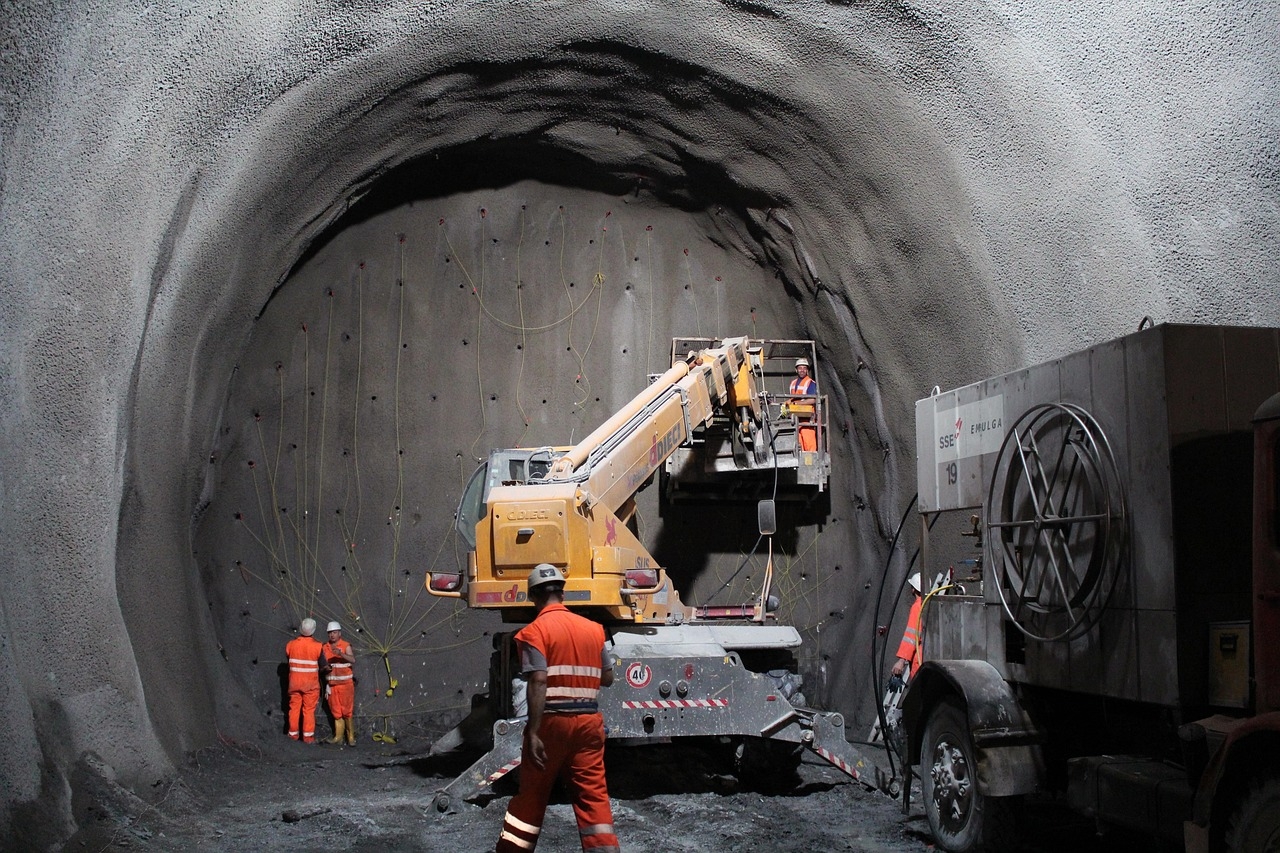Africa’s construction industry stands at a pivotal crossroads. Rapid urbanization, population growth, and the urgent need for infrastructure present both challenges and opportunities. However, the construction sector grapples with fragmented regulations, limited financing, skills shortages, and outdated practices. Elevating this industry requires a strategic blend of innovation, collaboration, and policy reform. Here’s how stakeholders can drive transformation:
1. Embrace Technology and Innovation
Adopting cutting-edge technologies can revolutionize efficiency and cost-effectiveness. Building Information Modeling (BIM) enables precise project planning, while drones and AI enhance site monitoring and risk management. Modular construction—prefabricating components off-site—can accelerate timelines, as seen in Rwanda’s use of drone-delivered materials for healthcare facilities. Digital platforms for procurement and project management also reduce delays, fostering transparency in fragmented markets.
2. Invest in Education and Workforce Development
A skilled workforce is the backbone of growth. Governments and firms must partner with technical institutes to expand vocational training in areas like engineering, robotics, and sustainable design. South Africa’s Construction Industry Development Board (CIDB) offers certification programs to bridge skills gaps. Upskilling existing workers through apprenticeships and leveraging digital tools for remote learning can further build capacity, empowering Africa’s youth to lead the sector.
3. Improve Access to Financing
High interest rates and limited credit stifle projects. Development banks and governments should de-risk investments through guarantees or blended finance models, attracting private capital. Crowdfunding platforms and infrastructure bonds, such as Kenya’s M-Akiba, democratize funding. Regional collaboration, like the African Development Bank’s Africa50 Fund, pools resources for large-scale projects, reducing reliance on foreign loans.
4. Strengthen Infrastructure Networks
Reliable transport, energy, and water systems are prerequisites for construction growth. Public-private partnerships (PPPs) can mobilize resources, exemplified by Kenya’s Mombasa-Nairobi Standard Gauge Railway, built with Chinese collaboration. Prioritizing “shovel-ready” projects in urban hubs and industrial corridors will stimulate economic activity and cross-border trade.
5. Streamline Regulatory Frameworks
Cumbersome permitting processes and corruption deter investment. Rwanda’s streamlined e-governance platform, Irembo, slashes approval times, while Ghana’s digitized land registry reduces disputes. Harmonizing building codes across regions, coupled with strict anti-corruption measures, will enhance investor confidence and project delivery.
6. Promote Sustainable Practices
Green building is no longer optional. Using locally sourced materials, solar energy integration, and water-efficient designs cuts costs and aligns with global climate goals. Morocco’s Noor Ouarzazate Solar Complex highlights renewable energy’s potential. Certifications like EDGE (Excellence in Design for Greater Efficiencies) incentivize eco-friendly projects, positioning Africa as a sustainability leader.
7. Foster Collaboration and Partnerships
Cross-sector alliances are vital. Governments, NGOs, and firms must share knowledge and resources. The African Union’s Agenda 2063 framework encourages pan-African infrastructure partnerships, while joint ventures with global firms transfer expertise. Localizing supply chains and supporting SMEs will also boost inclusive growth.
Conclusion
Elevating Africa’s construction industry demands a holistic approach: leveraging technology, nurturing talent, unlocking finance, and enabling policies. By prioritizing sustainability and collaboration, the sector can transform challenges into opportunities—building not just infrastructure, but resilient economies and thriving communities. With vision and unity, Africa’s construction industry can lay the foundation for a prosperous future.
